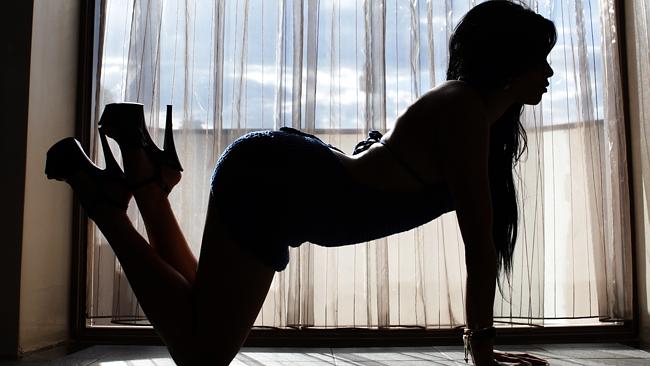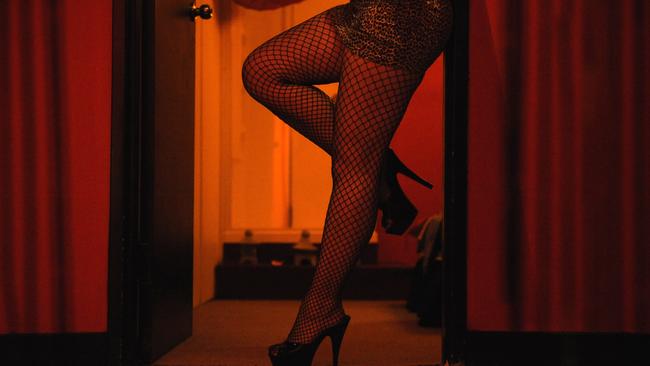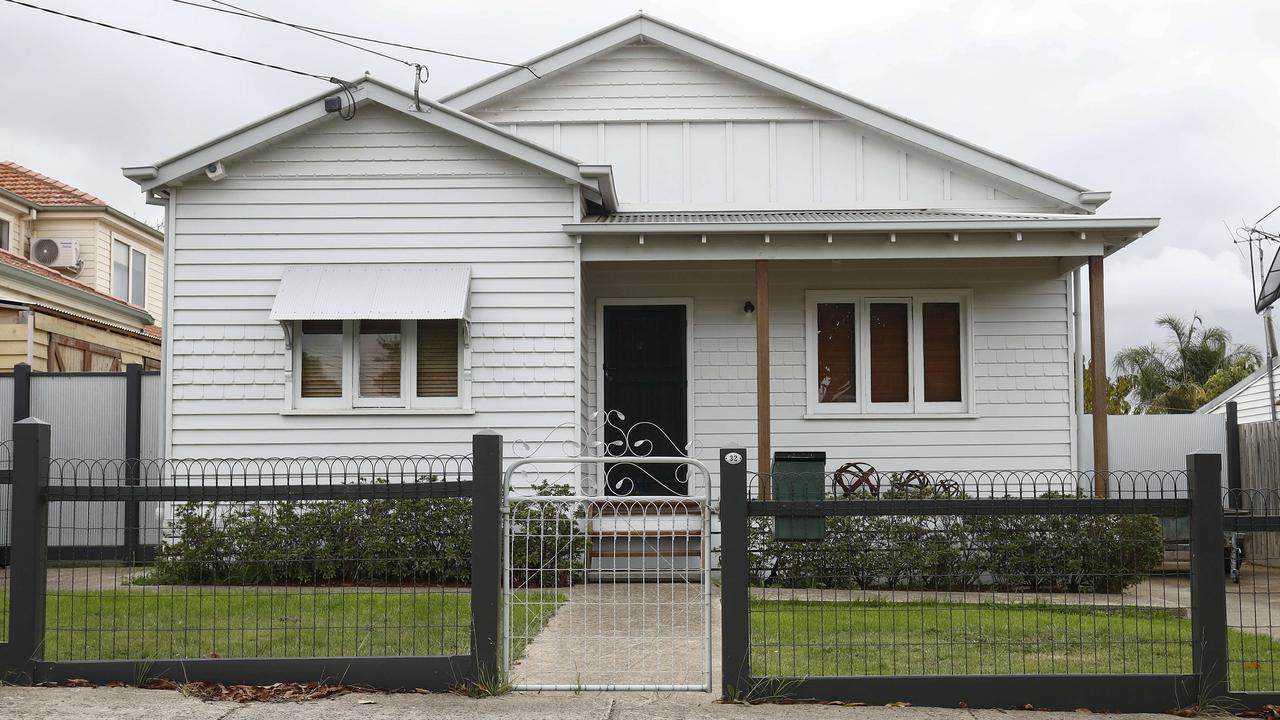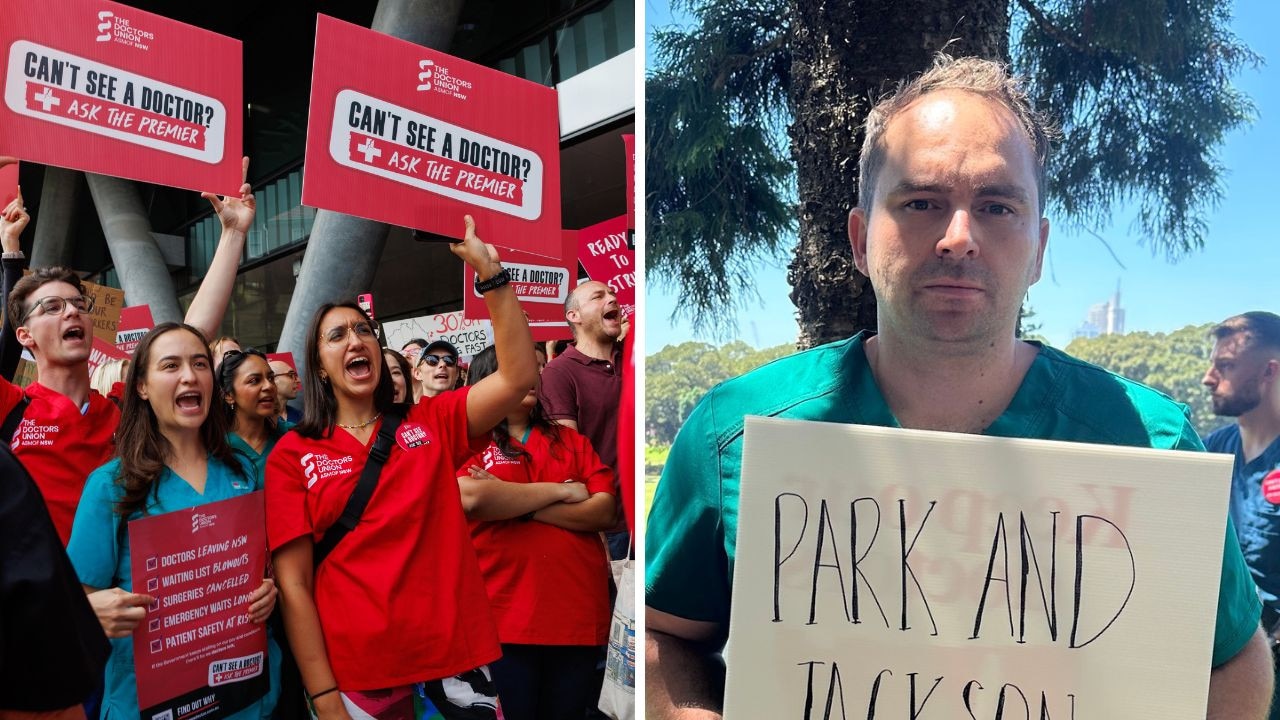AIC report into migrant sex workers reveals majority enter country on student visas to study
THEY come here to study, to build a new future and end up working in the sex trade to pay off their debts. But not everyone is unhappy.

Careers
Don't miss out on the headlines from Careers. Followed categories will be added to My News.
THEY are lured by the dream of a new life, a chance to build a better future while also providing for loved ones still stuck back home.
But the economic reality of Australia has led some migrants on a much different career path.
According to a report from the Australian Institute of Criminology, around half of migrant sex workers enter Australia as international students but end up in the industry because they can’t afford schools fees or the high cost of living.
And while it has been well-documented that in states such as New South Wales where prostitution is legal, that foreign students moonlight in the sex industry to pay their fees, this report was the first to delve into the experiences of migrant sex workers.
The report found of those surveyed most were from South East Asia, had little education, poor English language skills and had children.
They entered on a student visa in a bid to study and earn money but were unprepared for the financial stress of their new life which inevitably led them into the sex industry.
“Given the substantial proportion of migrant respondents to this survey who spent the majority of their income on education debt, and who migrated with the intent to study, it is fair to assume that a substantial proportion of those who enrolled in an educational course to migrate to Australia were genuine in their objective to study rather than work in the sex industry,” the report says. “International study, therefore, may create a second pathway to sex work for migrants to Australia.”
The report found 43 per cent of those surveyed said they entered Australia on a student visa, while a quarter said they migrated to Australia because they married or intended to be married. Just over a quarter also arranged their own visa (26 per cent); however 27 per cent were assisted by their partner, or broker/agent (26 per cent).

The report also said migrant sex workers were also more likely to work in massage parlours rather than brothels like non-migrant sex workers and that they were also generally happy with their current working conditions. However a small number of respondents did express they felt isolated and alone.
Scarlet Alliance migration project manager Jules Kim, who also wrote the report, told news.com.au the fact international students were working as sex workers was nothing new.
She explained recent media reports had claimed visa programs were being used to facilitate the entry of sex workers from overseas, but that a subsequent public inquiry found the majority of those working in the sex industry were working lawfully and in accordance with the conditions of their visa.
The inquiry, which was held in 2011, found out of the 341,813 student visa holders in Australia only 0.08 per cent were working in the Australian sex industry.
Ms Kim also had a different view on the report’s findings saying she thinks it shows the experience of migrant sex workers was that of any industry.
“I don’t think the report says that at all (that migrant sex workers had intended to study but ended up in the sex industry), it’s more a case like all migrants that it's the experiences of sex workers was diverse.
“Despite the media interest in student visas and sex work, the evidence is clear that students who are sex working on student visas represent a very small proportion of the student visa program overall.
“What can be said is that migrant sex workers, like other workers are a diverse group, coming from diverse backgrounds and situations. And like other migrants, sex workers have a variety of motivations for migrating. This could be said for workers from any profession, and sex work is work.”
Cameron Cox, chief executive of Sex Workers Outreach Project (SWOP) in Sydney, told news.com.au that as a former sex worker himself, he says despite what people may think most of those who work in the industry choose to do so.
“I was a young guy going through uni and found my expenses were high,” he explained. “My income pre-Austudy was very small and I found sex work was a very convenient way to have lots of time to study and still have a reasonably good income.
“I have a mate who was an overseas student but is now a citizen, before, when he was studying, his argument to people when they asked why he was doing sex work was that ‘would you rather have me work 40 hours at McDonald’s for $12 an hour to try and afford my degree or should I do one night or two nights a week in a brothel and walk out with $500 and have six nights available for study?’
“Sex work is work and here in NSW it’s legal. Why shouldn’t he do that?”
Mr Cox said while he acknowledged that some people such as migrants may find themselves in situations where they didn’t have enough money to meet their expenses, they all had a choice, and most weighed up the pros and cons of entering the sex industry.
The report found there was also a number of divorced migrant women who also made up a substantial part of the migrant sex worker population.
It said these women entered the sex trade as a means to support themselves and their children often because of poor English language skills and limited employment opportunities
“They may have found themselves in a situation where they didn’t have enough money to meet their expenses but the implication is that they were seduced into sex work, something bad happened to them,” Mr Cox said. “But we see it more as that they found a really good job where they have flexible hours.
“My friend works in a male brothel and he takes his computer in with him so between clients he is studying.
“And quite a lot of people do that. West Brothels where most of the girls are of Asian background, and if walk into the ready room they have all got their law books and their computers, and they are studying their butts off.

“We see this as more a good thing. Whereas most people see it as ‘oh, that’s terrible, they have to go and do sex work’. They don’t have to do sex work. They could get a job at McDonald’s, or stacking shelves at Woolworths, any job that overly didn’t interfere their studying. And one of the jobs that doesn’t interfere with studying and gives you a good income is sex work.”
Another issue raised in the report was the rise of sex workers migrating to Australia to specifically work in the industry here.
The report said within this group were those who were contracted under debt arrangements with workplaces or a third party who had brokered their entry into the country.
But just how many could not be verified.
“Unfortunately, that there is a group of migrants who travelled to Australia specifically to work in the sex industry can only be verified by the literature,” it said. “The Australian government has either confirmed, or suspects, that Student and Working Holiday visas are used by migrants intending to work in the sex industry therefore, it is possible that this group may be interested in staying in Australia only temporarily. There was a definite, if small, group of respondents to the survey who intended only a short-term stay in Australia.”
And while the survey interviewed sex workers in most major cities, it mainly focused on the Sydney area and found the majority of sex workers were largely from Asia.
The report did find there was a small number of migrant sex workers from New Zealand (five per cent) but their profile was different to Asian sex workers. Most had entered Australia through marriage.
Originally published as AIC report into migrant sex workers reveals majority enter country on student visas to study






